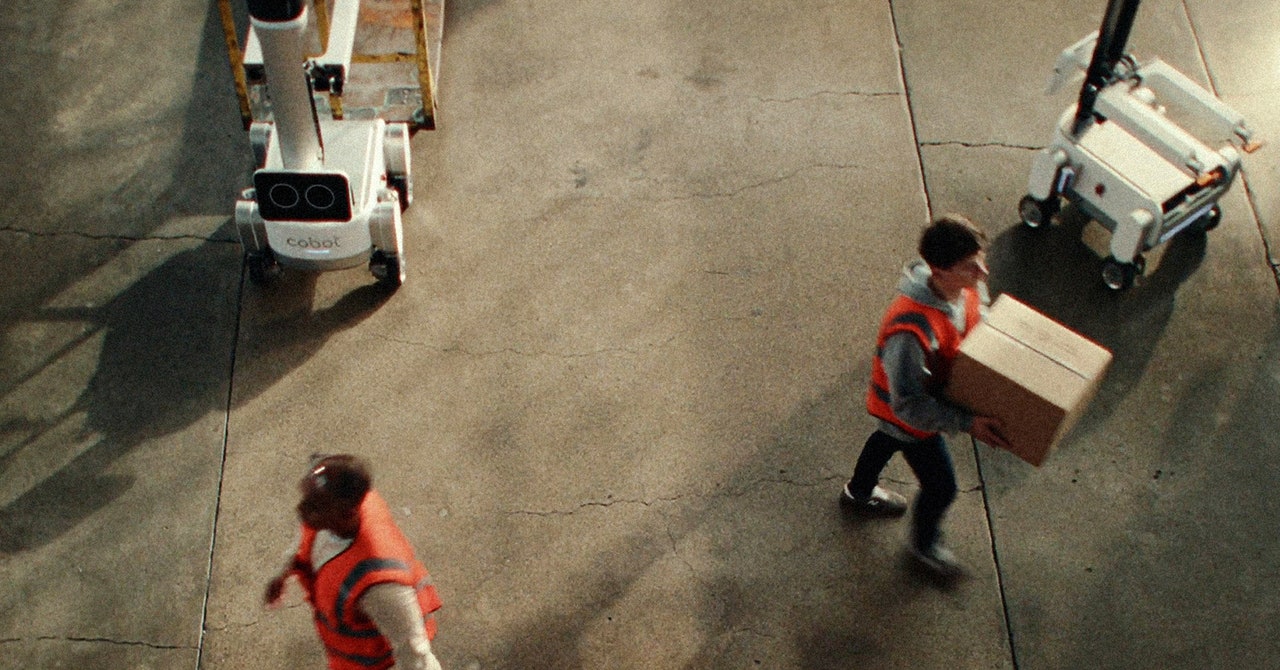Eli Collins, a VP of Product Management at Google DeepMind, first demonstrated generative AI video tools to the company’s board of directors in 2022. Despite the model’s slow speed, expensive running costs, and sometimes inappropriate results, he says it’s an eye-opening moment for them to see fresh videos generated from a random prompt.
Now, just a few years later, Google has announced plans for a tool in the YouTube app that will allow anyone to generate AI videos using the company’s Veo model and directly publish them as part of YouTube Shorts. “Looking forward to 2025. we’ll allow users to create standalone videos and shorts,” said Sarah Ali, YouTube’s senior director of product management. “They’ll be able to generate six-second videos from a plaintext prompt.” Ali says the update could help creators looking for footage to fill out a video or trying to imagine something fancy. She is adamant that the Veo AI tool is not meant to replace creativity, but to augment it.
This isn’t the first time Google has introduced generative tools to YouTube, though this announcement will be the company’s broadest AI video integration to date. Over the summer, Google released an experimental tool called Dream Screen to generate AI backgrounds for videos. Ahead of the full rollout of generated clips next year, Google will update this AI green screen tool with the Veo model sometime in the next few months.
The growing tech company has shown off multiple AI video models in recent years, such as Imagen and Lumiere, but is trying to coalesce around a more unified vision with the Veo model. “The Veo will be our model, by the way, going forward,” says Collins. “You shouldn’t expect five more models from us.” Yes, Google will probably release another video model eventually, but he expects to focus on the Veo for the near future.
Google is facing competition from a host of startups developing their own text-to-video tools. OpenAI’s Sora is the best-known competitor, but the video AI model announced earlier in 2024 is not yet publicly available and is reserved for a small number of testers. As for tools that are widely available, AI startup Runway has released multiple versions of its video software, including a recent tool for adapting original videos into alternate reality versions of the clip.
YouTube’s announcement comes as generative AI tools have become even more contentious for creators, who sometimes view the current wave of AI as stealing from their work and attempting to undermine the creative process. Ali doesn’t see generative AI tools standing between creators and the authenticity of their relationship with viewers. “It’s really about the audience and what they’re interested in — not necessarily the instruments,” she says. “But if your audience is interested in how you did it, it will be discovered through the description.” Google plans to watermark every AI video generated for YouTube Shorts with SynthID, which embeds an inconspicuous tag to help identify the video as synthetic, and to include a disclaimer “made with AI” in the description.




